The ground-penetrating radar (GPR) survey that I was part of in March and April at the Sabine Pass cemeteries has produced some results. Although known graves were detected, nothing was found in the yellow fever mass grave, which is where the survey initially sought bodies. The conclusion is as follows:
Although we were successful in getting adequate GPR penetration on the single grave transects, we were not able to locate any mass graves in grids 1, 2, or 3. Based on William Theodore Block’s information, we should try to obtain permission from the landowner to GPR the Jeanette LaBove tract.
I’m not in the know concerning this project, and I will delve into it more in the future. What I can say now is that the aerial photo marked as indicating William Theodore Block’s area (where the mass grave is) shows the exact land that the team must be given permission to survey. Yes, I assumed that the graves were where we did the GPR survey, but couldn’t we have asked for permission before doing a grid search of Port Arthur’s concrete landfill? This is ongoing!
Last week’s historic cemetery tour at Magnolia Cemetery was a success. More people showed up this year than in previous years. The event is growing thanks to you. I must also credit those behind the scenes and our growing number of passionate researchers and volunteers. The original tour began in 2014 when Judy Linsley and I did a walking tour for the docents of the McFaddin-Ward House Museum. Thanks to everyone involved!
I will throw out this question. Would you be interested in group walking tours throughout the year? I say this because walking tours have their own appeal. Certainly, you can add a lot more history to them, as we did last year on the Friday tour after the lecture at the McFaddin-Ward House Museum. Originally, there were supposed to be two cemetery walking tours held thirty minutes apart. Judy Linsley and I were to take twenty people on each tour and walk from the office to the hill. However, some emails got mixed up (people also just see what they want to see in emails…), so we were forced to do one tour. I will say that this was probably one of the best tours that I’ve been a part of. Since Judy knows the original family plots on the hill better than I do, she took her group up there and talked for thirty minutes, while I led my group around the lower part and presented those residents. It worked out well because if you want to know about the people buried on the hill, Judy is the person to listen to. I know the people and the stories around the office and the flagpole. We agreed that we would do a prisoner exchange at the thirty-minute mark in the middle of the tour area, at the Keith plot where Tom “the Tramp” is interred. It was my idea to transfer the people on the tour between the two of us. I thought that by listening to guides who know their subject matters, the visitors would have a better experience. It was also me who called it a “prisoner exchange.” This is how my mind works, so consider this if you want me to speak at your event.
Mary Oxford Englander wrote a piece in the 1991 Texas Gulf Historical and Biographical Record that I find intriguing. I would have loved to know her sources. I say this because she notes “personal interviews” among her sources. Well, as far as I know, none of these were recorded oral histories. Now, we can’t research some of these claims because there is no one left to ask. This is why recorded oral histories are essential! The whole article looks like it was written by a local photojournalist who shows up and screws up the piece even though you gave them the facts and the actual book of facts. It is possible the interviewee provided her with good information, but the dates and the times are wrong. It is not too hard to go out to the cemetery and look at Jeanette Catherina Stengele’s mausoleum to check when she died. It was 1909, not 1904. However, I will give a pass to both on the subject of Stengele because she lied about her age, even in death. The birth year, which says she was born in 1866, should actually read 1856.
My main questions are for Billy King, who managed the cemetery for years; unfortunately, they won’t be answered because he’s dead. This is how historical preservation works, people! I do have a source at the cemetery who has been there for years, and every time he opens his mouth, I need to write down the nuggets of history he offers. I see an oral history in his future, like it or not, because people need to learn about his knowledge. I did find out where the gypsies or someone else did their juju magic in the cemetery. The article mentions gypsies visiting the site and pouring whiskey on the hallowed ground of a friend or family member. The cemetery told them to stop, but they kept doing it because they were gypsies. An unmarked above-ground vault near a sago palm was usually the location for the burned-out candles as the cemetery staff showed up for work in the morning. It has been years since this has happened, but it went on all the same. It is still a mystery why someone would frequently burn candles on that grave. I guess we will never know.
Concerning ghosts haunting the cemetery, I have one story from 2016 that I will tell. The day before one of our Heritage Society tours, I was out making sure that everything was set up. I started driving down the road left of section W when my better half saw a lady in period clothes walk across the road behind the truck. This kind of freaked her out, but since living under the oaks at Ye Olde Block Farm, she has grown to see different things here. We are used to the regular culprits, especially when we do restorations.
Until next week. Nos Galan Gaeaf, Happy Halloween, and Samhain blessings.


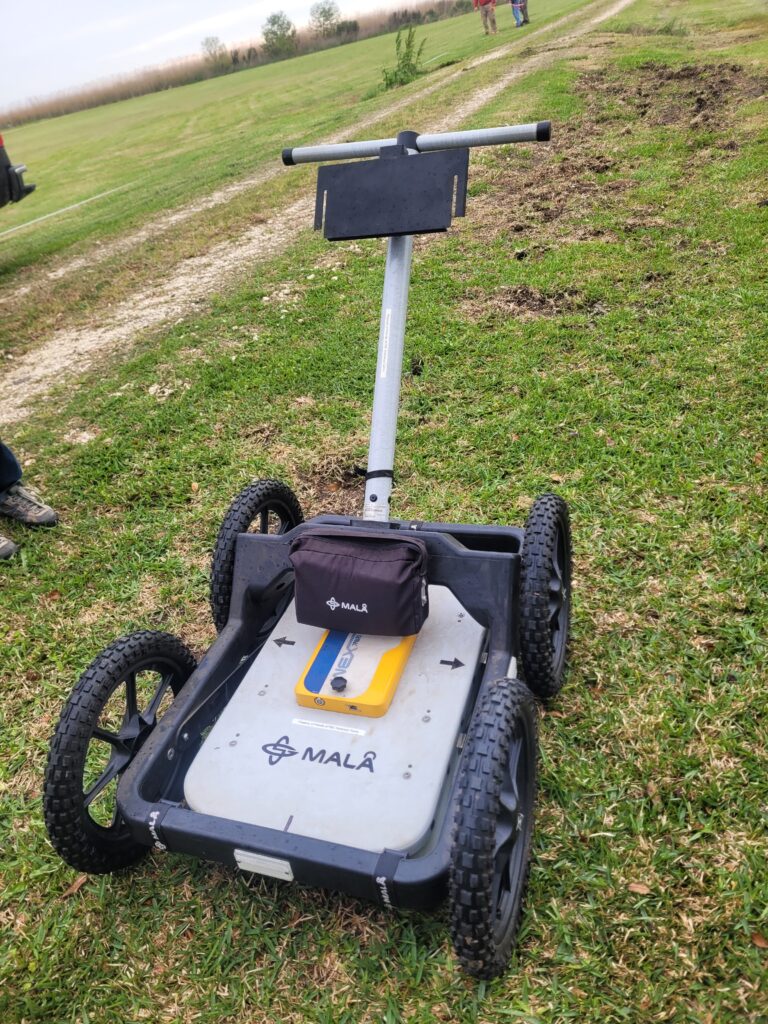
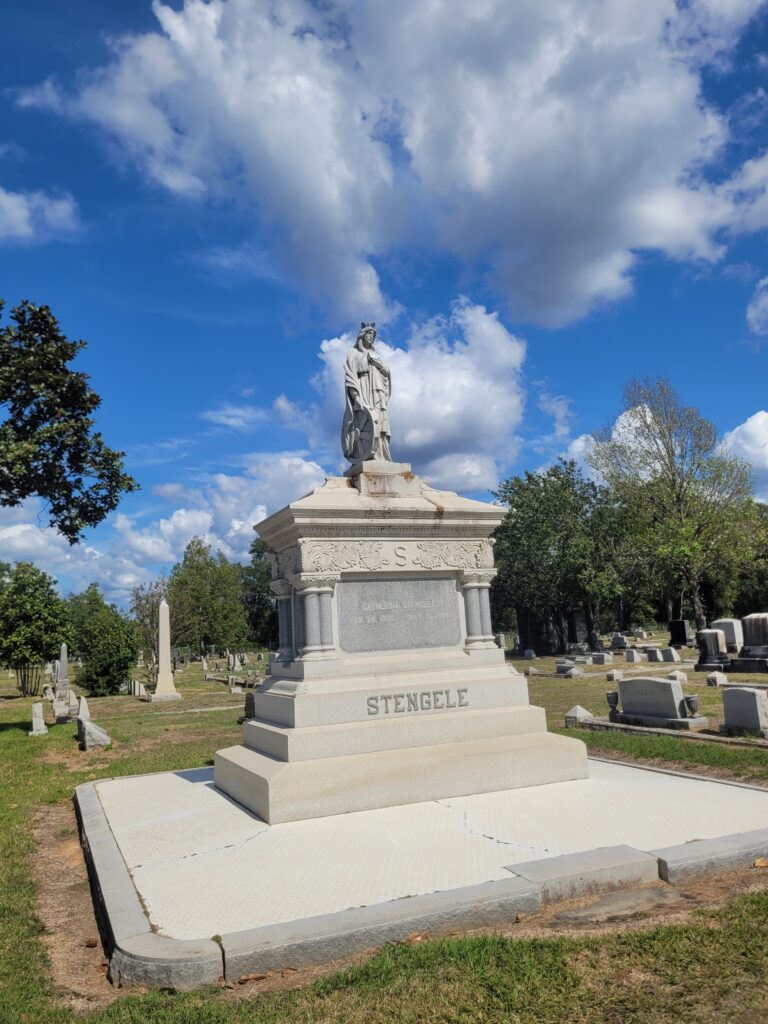

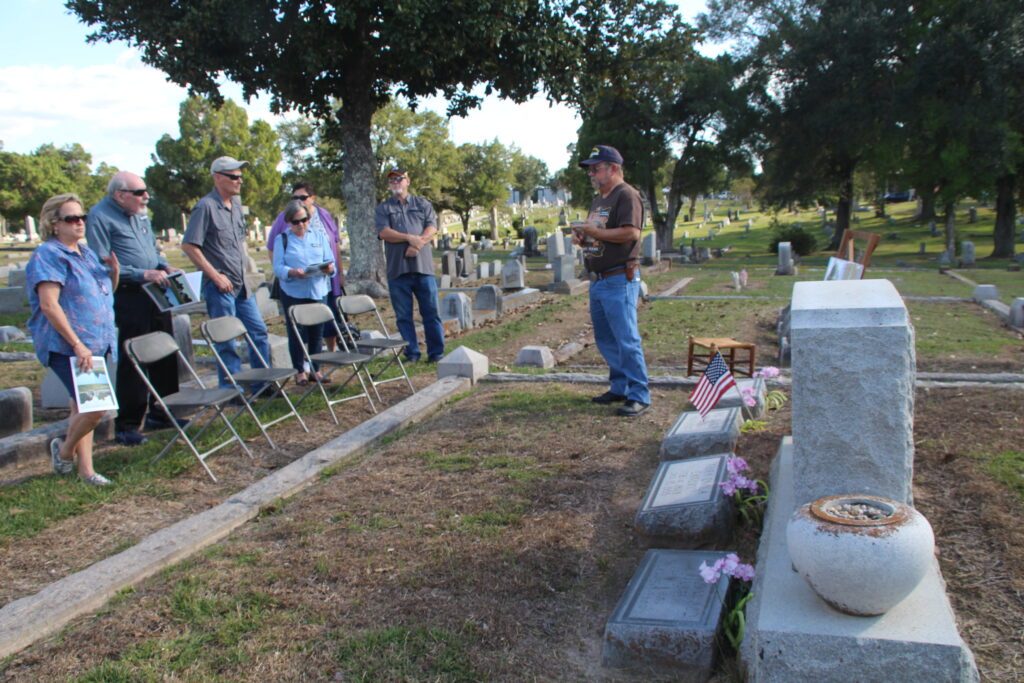
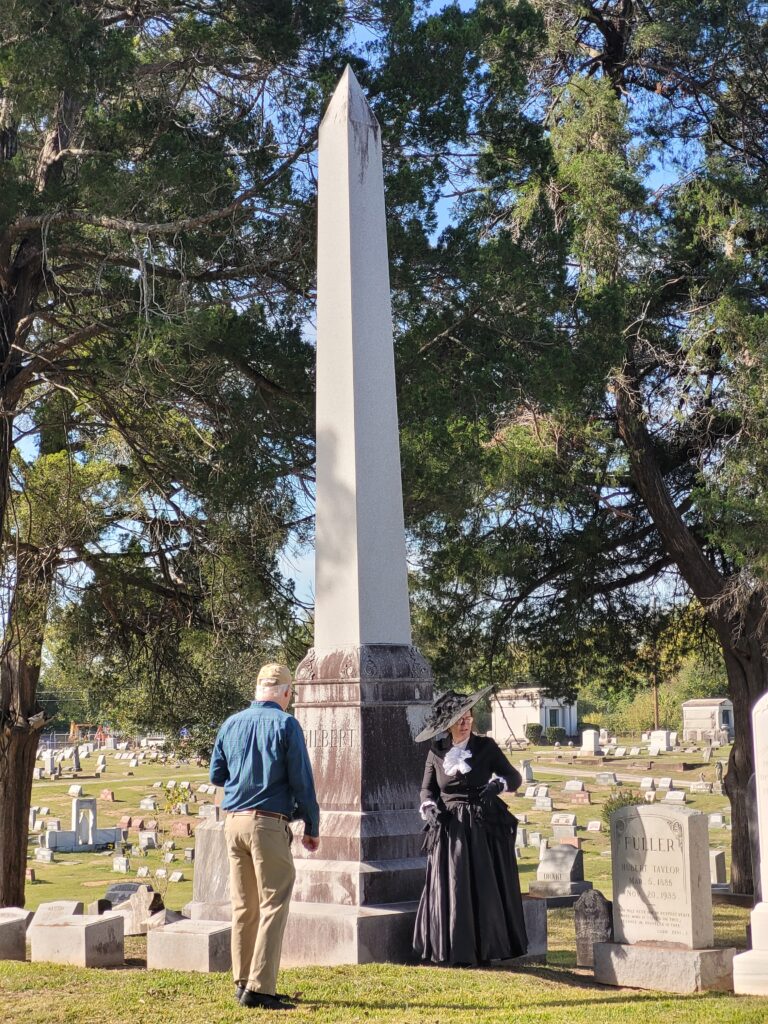
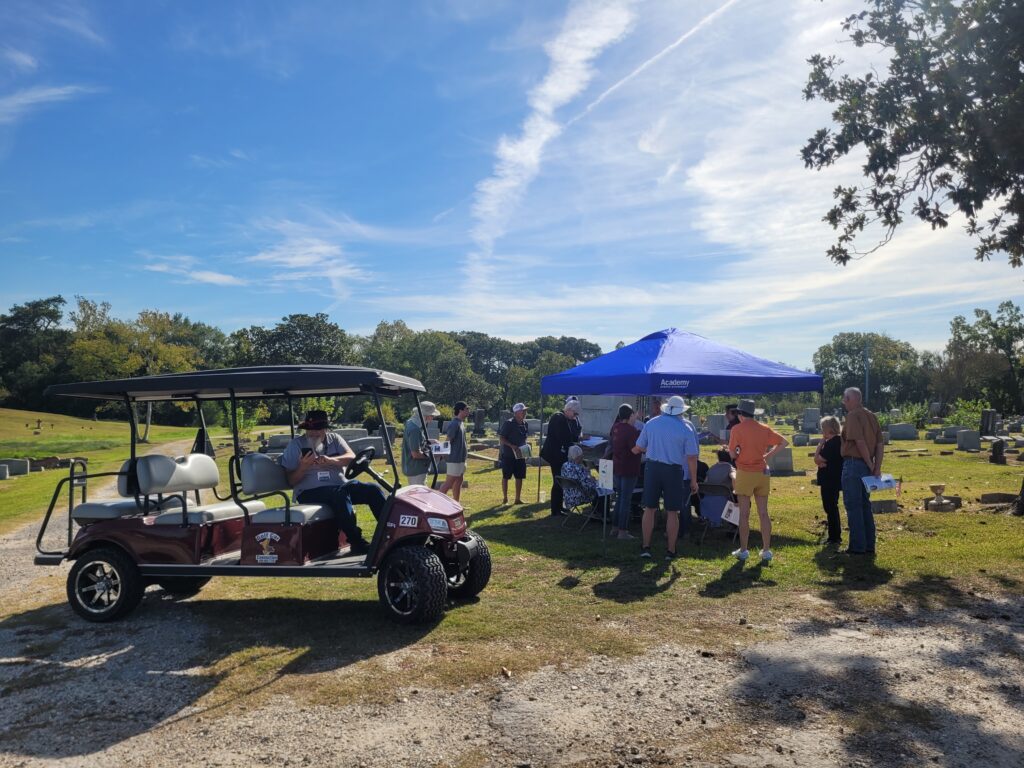
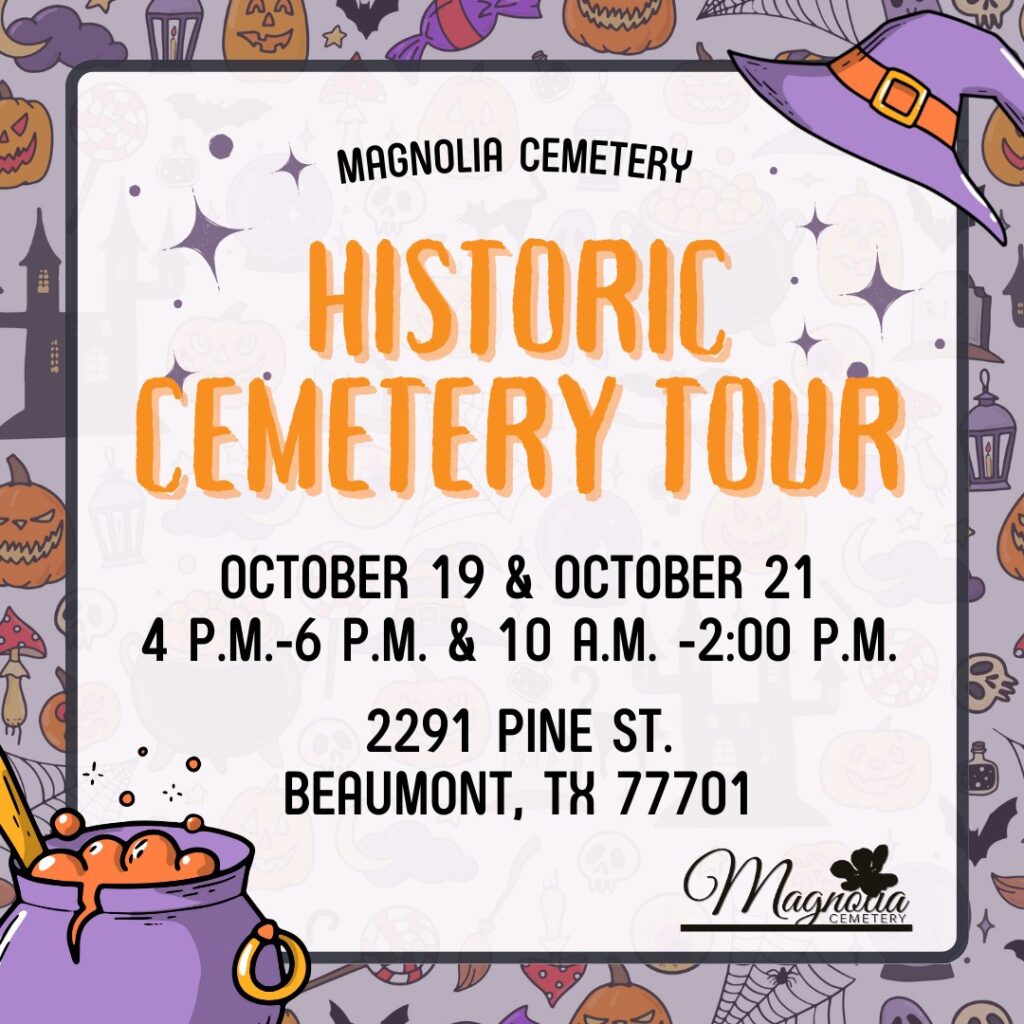
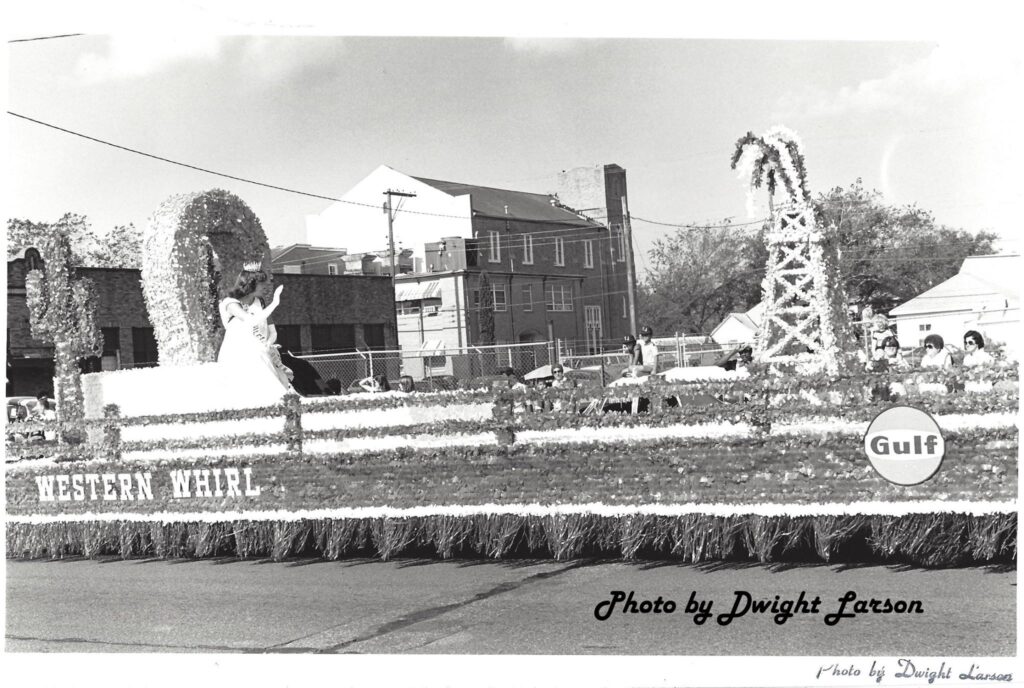
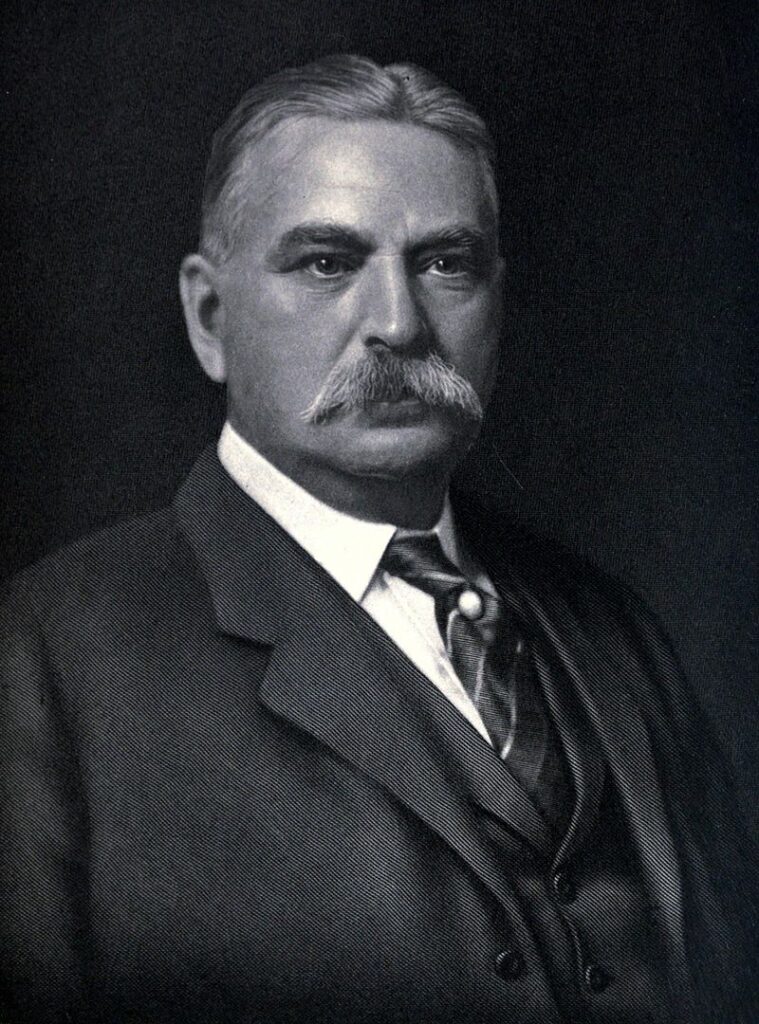
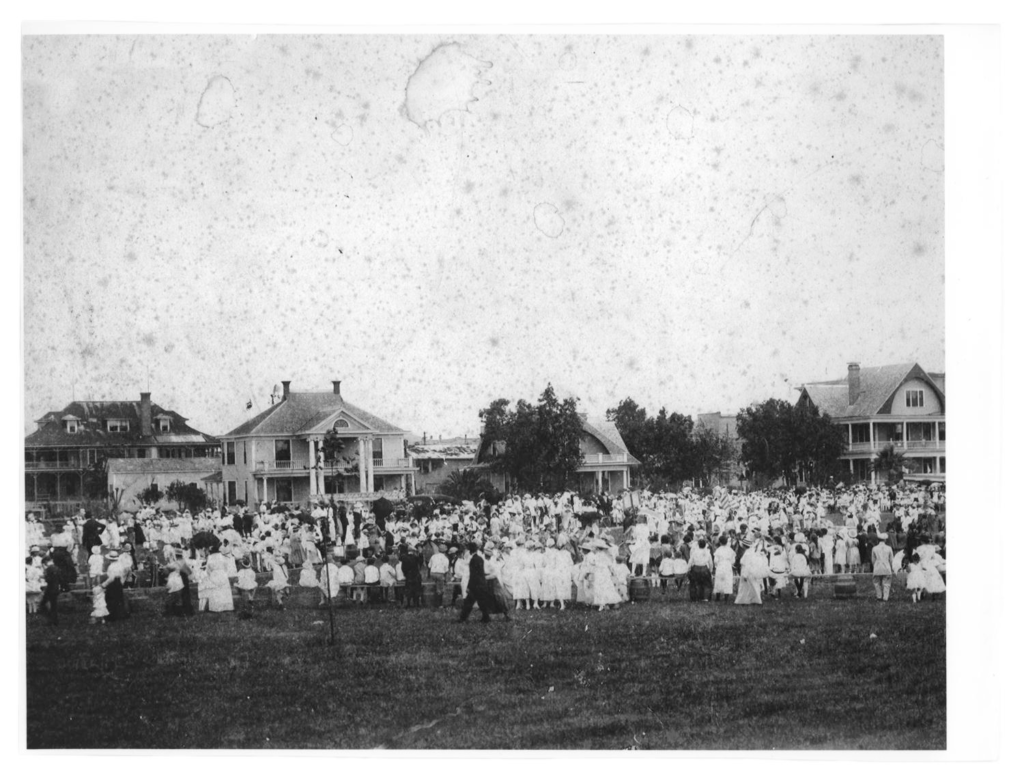

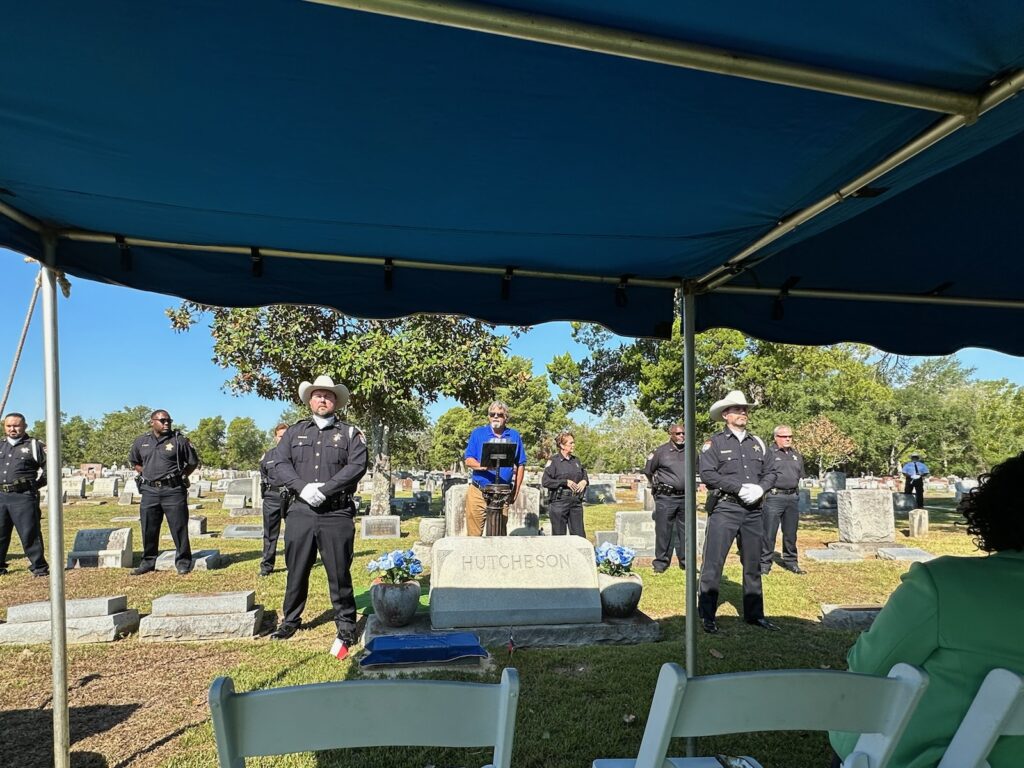
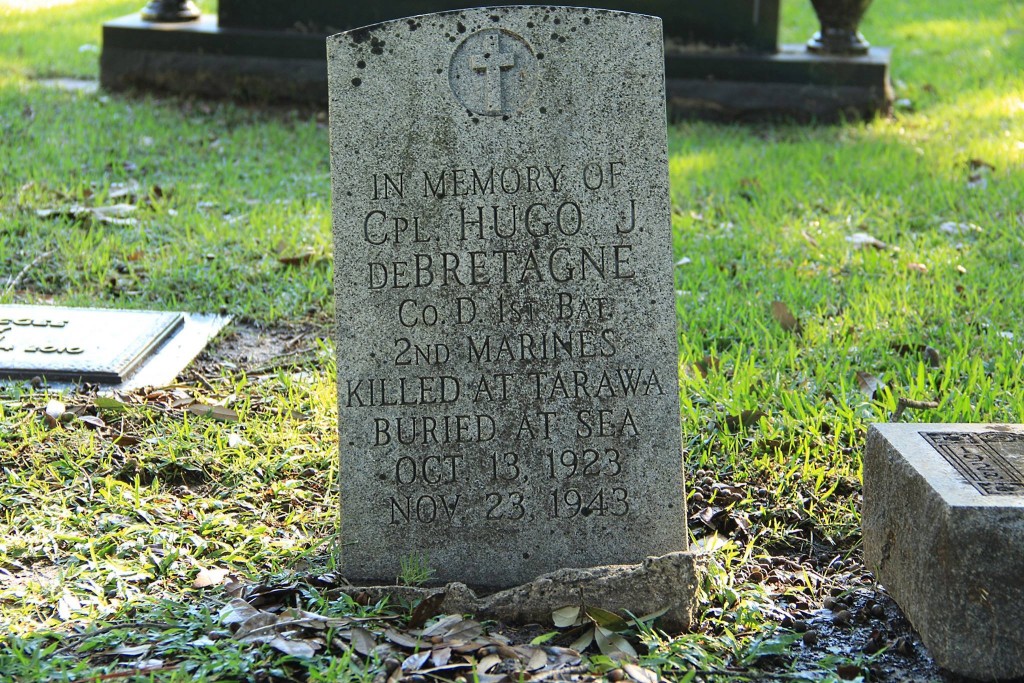
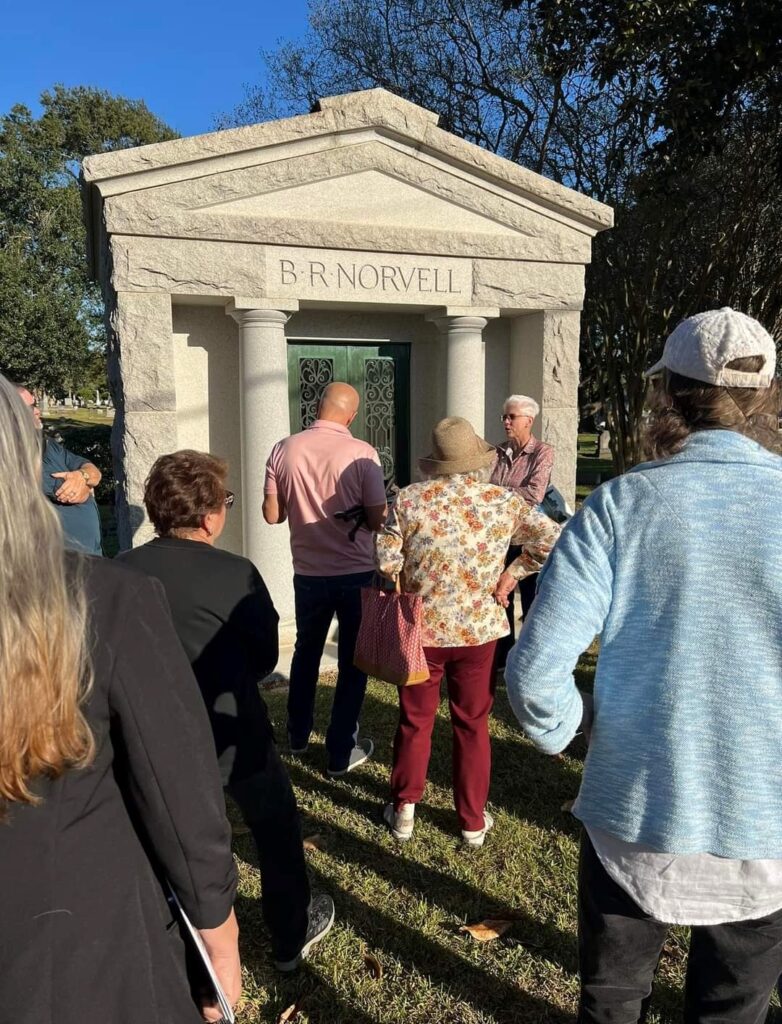
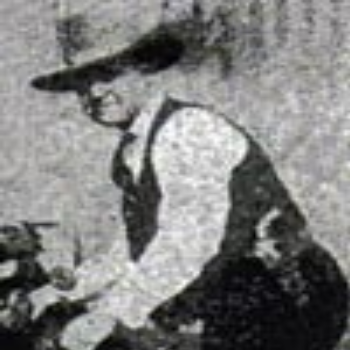
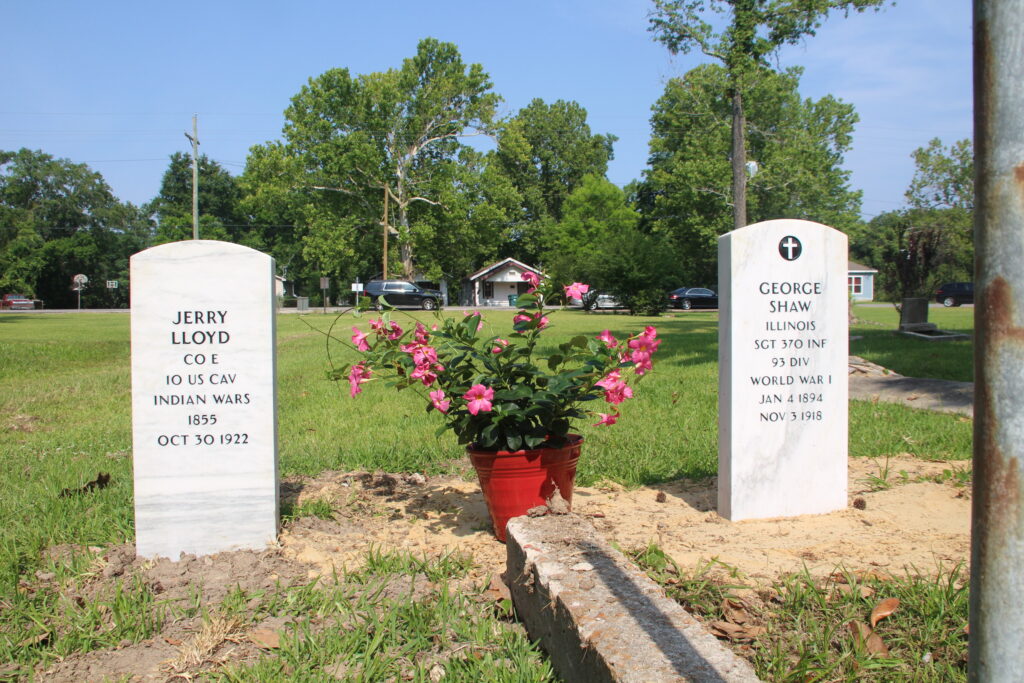
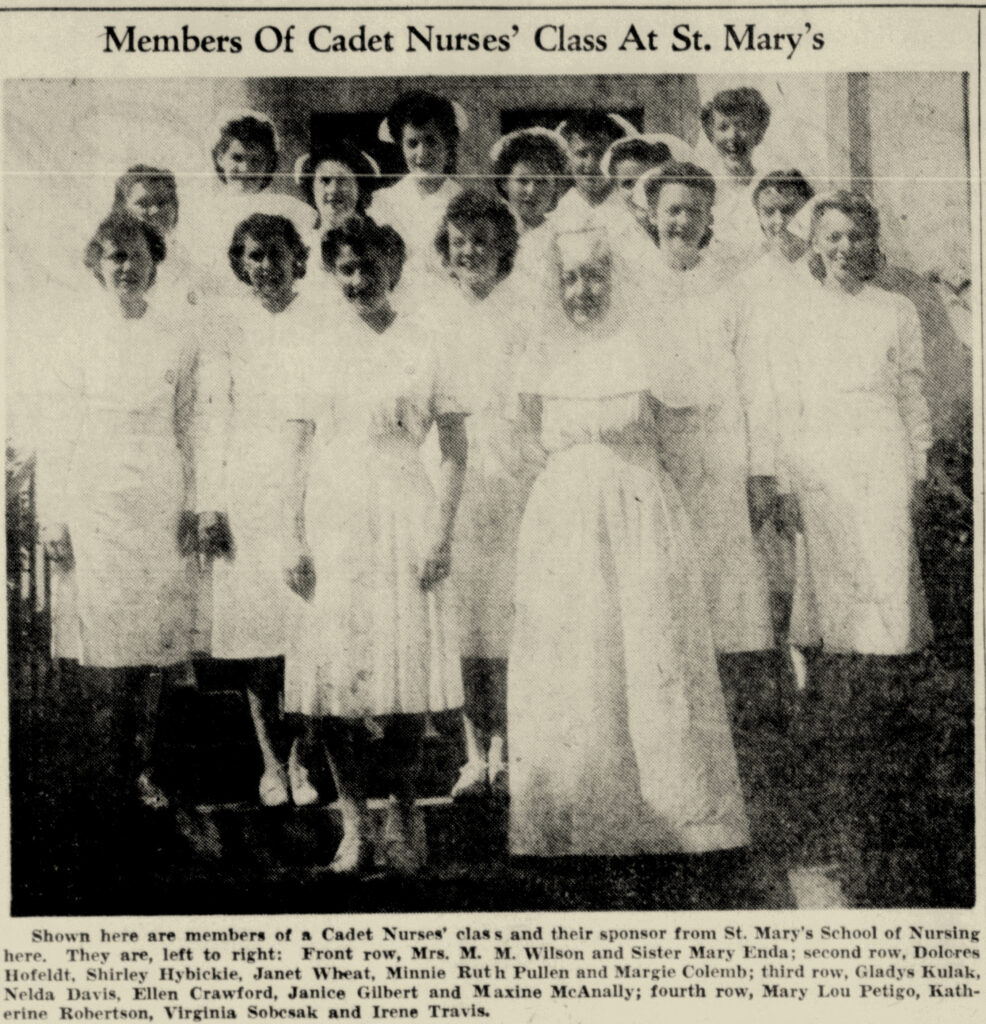
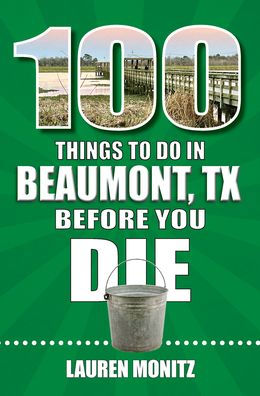

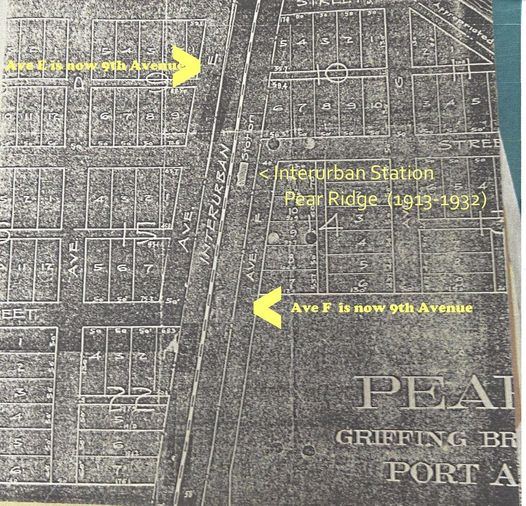
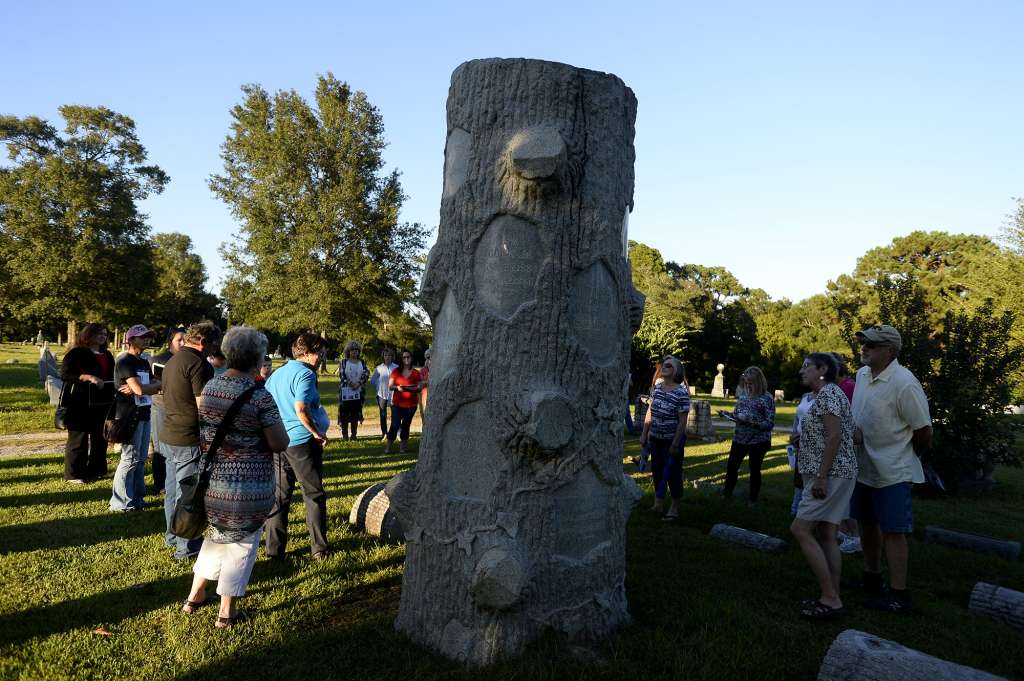
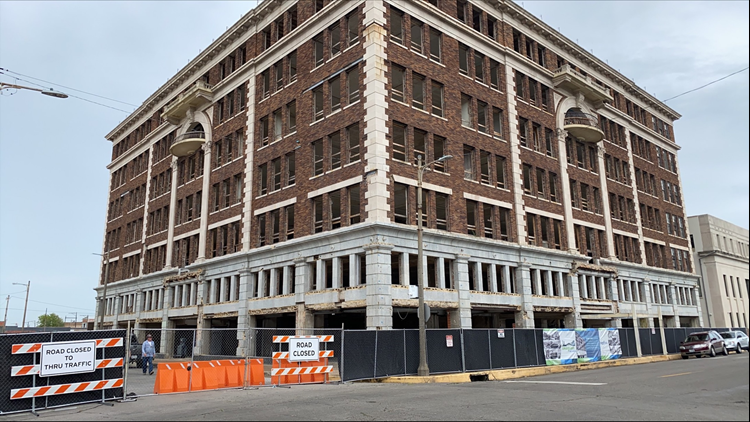
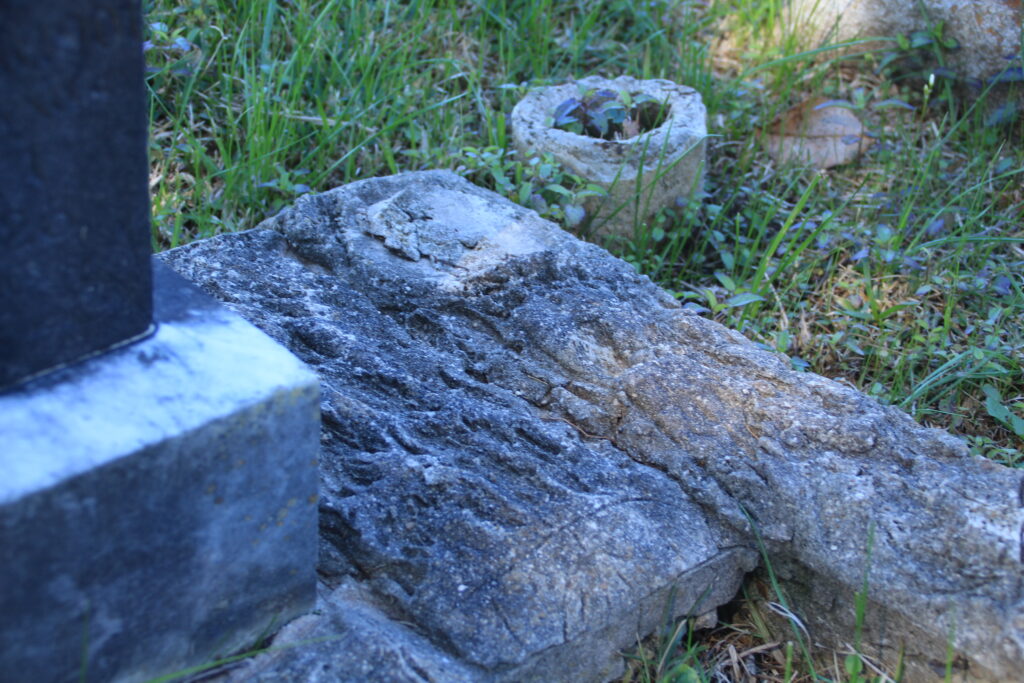
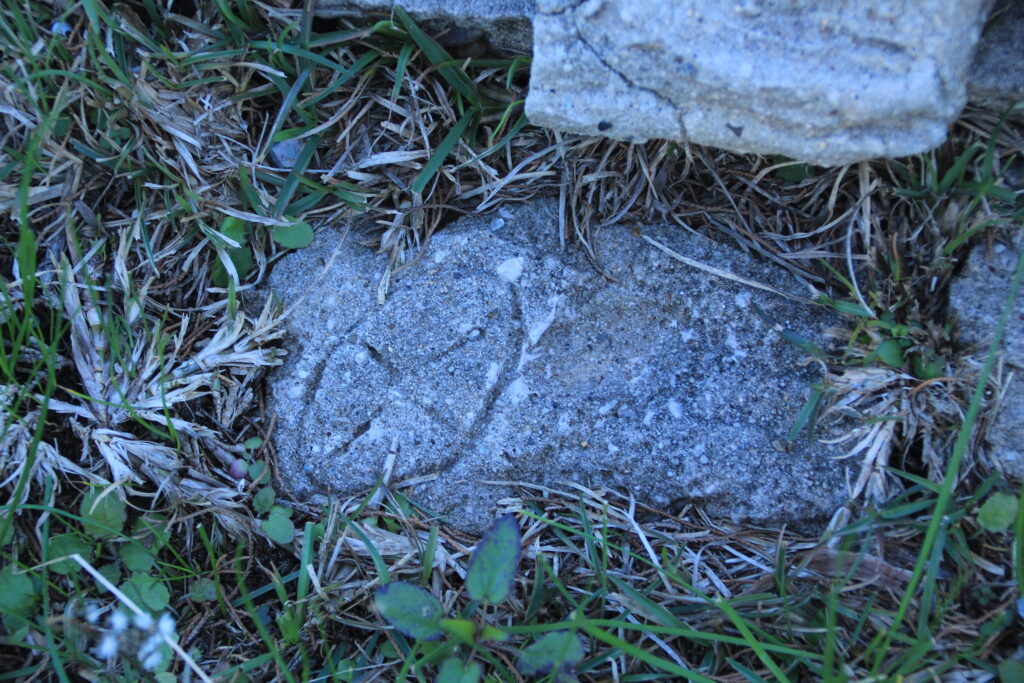
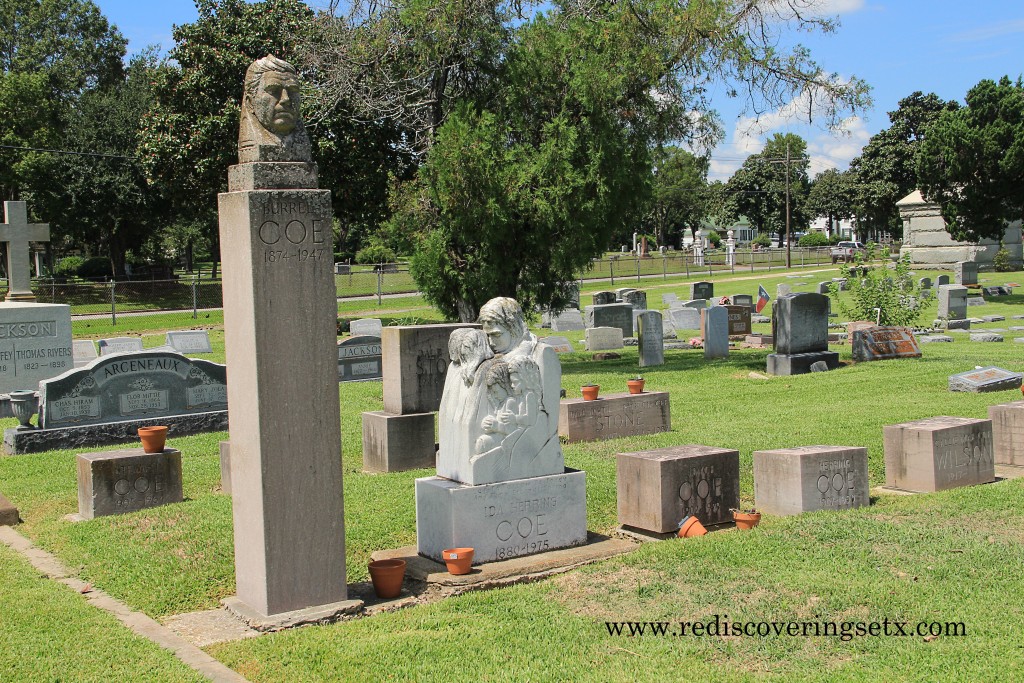
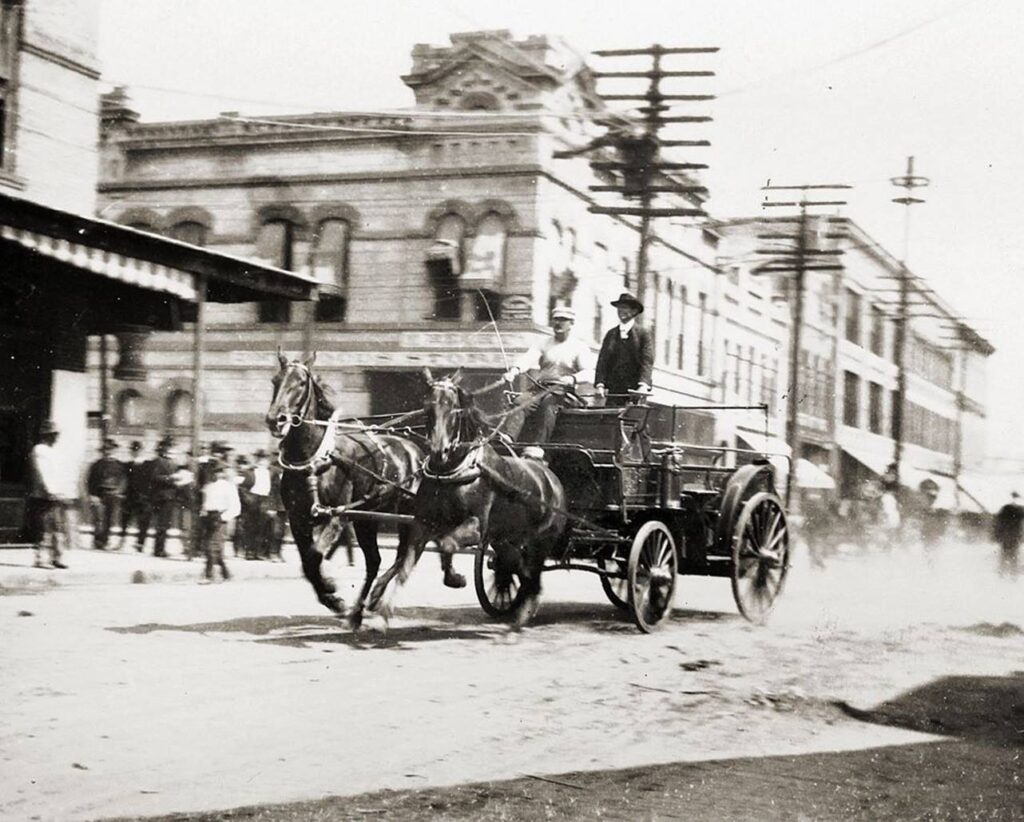
You must be logged in to post a comment.